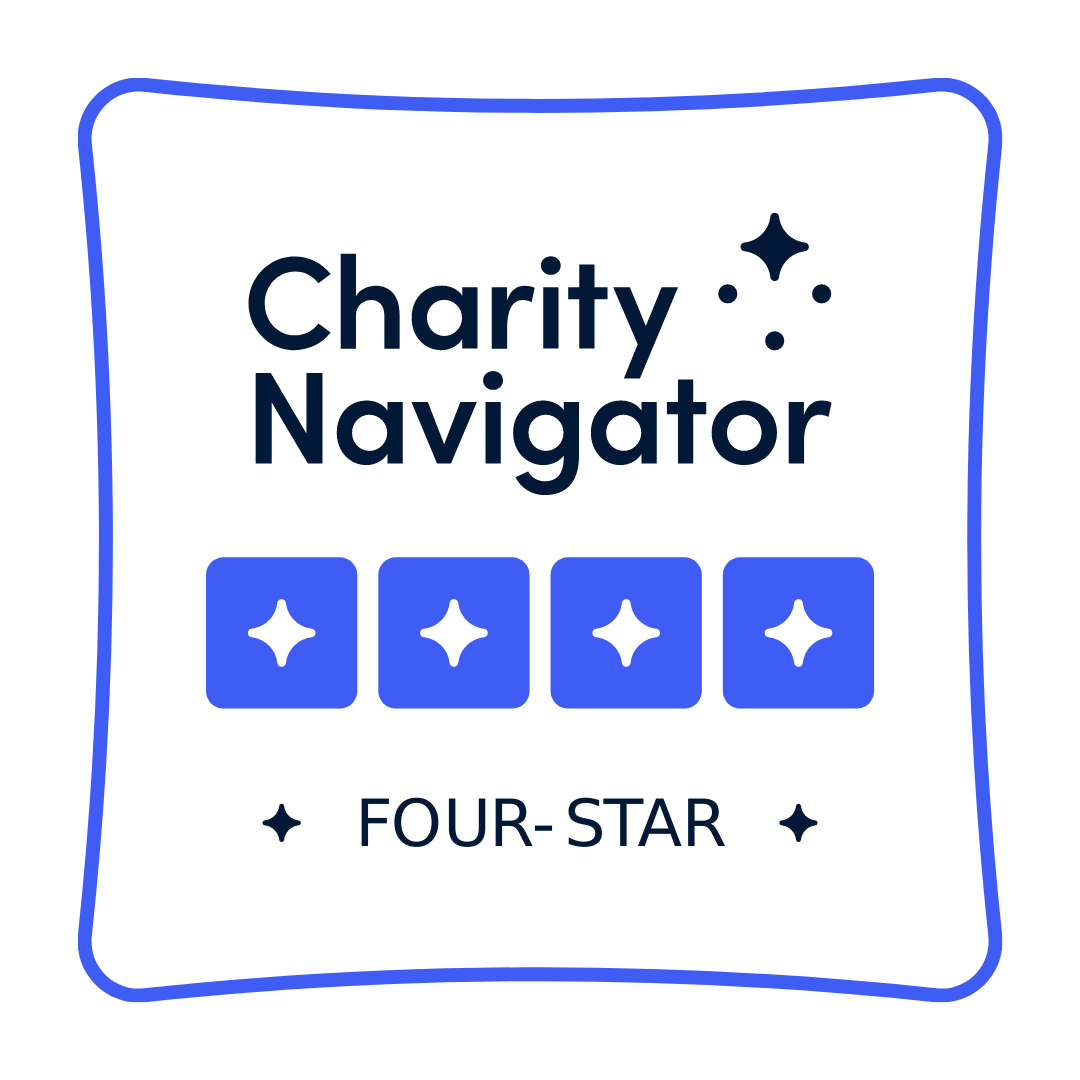Hunger Awareness Month: How Hunger and Health are Intertwined
September 6, 2017
September is Hunger Awareness Month and all across the country, hunger-relief organizations and their supporters are working to provide information to their communities about the long term effects food insecurity can have on our children, seniors, and families. Nearly 1 in 6 people in San Diego County are food insecure and cannot sustain an active, healthy life. To put this into context, the percentage of San Diegans experiencing food insecurity is larger than those populations affected by the region's top three health concerns: cancer, coronary heart disease and diabetes.One emerging body of research is focusing on the connection between hunger and health. According to a 2016 needs assessment conducted through the Hospital Association of San Diego and Imperial Counties, food insecurity was cited most often as a social determinant of health and lack of access to healthy food was found to be closely tied to diabetes and obesity in the individuals surveyed. Moreover, recent research through the University of California San Francisco found that negative health outcomes for the food insecure population may be related to the myriad coping strategies that individuals must employ to avoid hunger. These include: consuming more low-cost and unhealthy but highly-filling foods, reducing variety, and trading off other expenses for food, like important medication. Long term use of these coping strategies not only exposes food insecure individuals to risk of chronic disease, but also to poor disease management, which forces them to utilize the health care system more often.The good news is that this conversation is now reaching the highest levels of decision making in both health care and hunger relief fields, and important actions are being taken to reverse the trend. Hospitals and health care associations are beginning to screen patients for food insecurity, and they are working with food banks to provide food assistance to patients who have been identified as food insecure through this process. There are also efforts underway to ensure that patients who qualify for MediCal are connected to CalFresh (food stamps) as well, closing the loop on cold referrals for services that a patient most likely will qualify for. CalFresh allows families to purchase healthy food at grocery stores and farmers markets to supplement what their income allows. At some farmers markets, CalFresh recipients can even double their money on local, fresh fruits and vegetables.According to the San Diego Hunger Coalition, evidence is beginning to emerge that such efforts reduce inpatient use of services, hospital visits, readmission rates, and emergency department use. Additionally, they are finding that the healthcare setting is an ideal place to connect patients to other resources that will impact their health outcomes; local efforts to provide on-site food assistance has successfully engaged patients in utilizing food resources, and individuals are more likely to sign up for food assistance when that becomes a health goal as part of the patient care visit.For more information about San Diego Hunger Awareness Month, visit www.sandiegofoodbank.org/hunger or learn how to become a Hunger Free advocate through the San Diego Hunger Coalition by clicking here.





